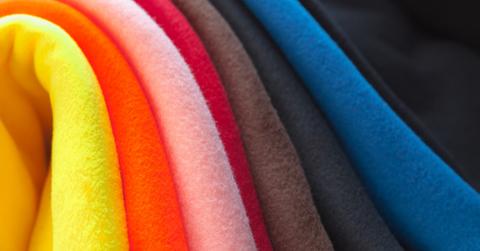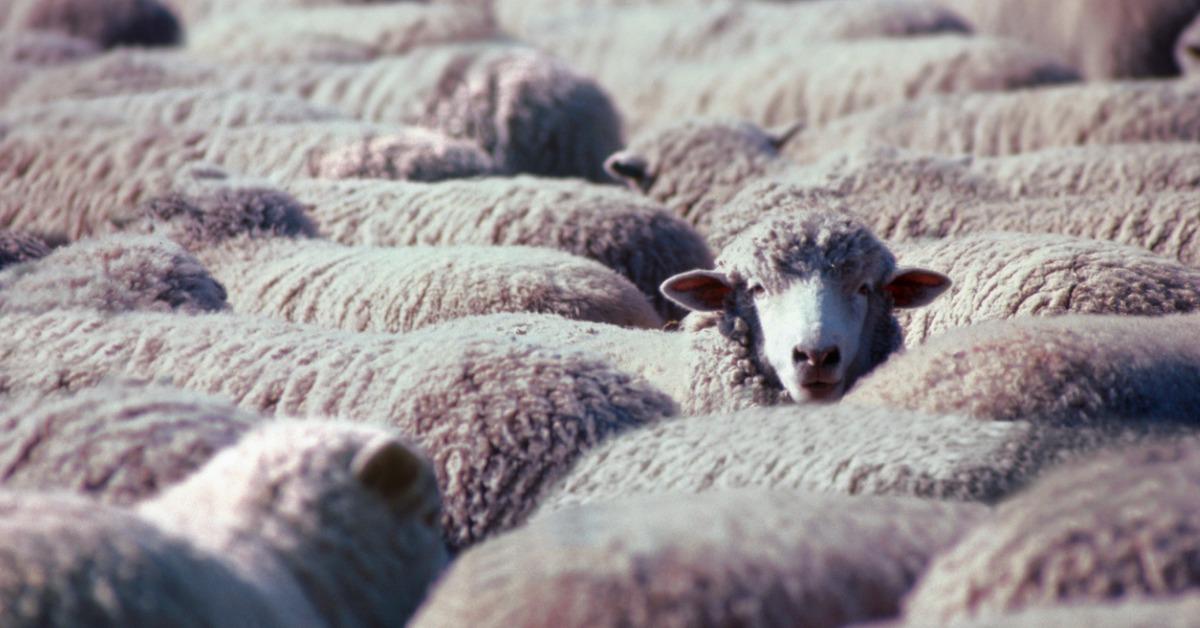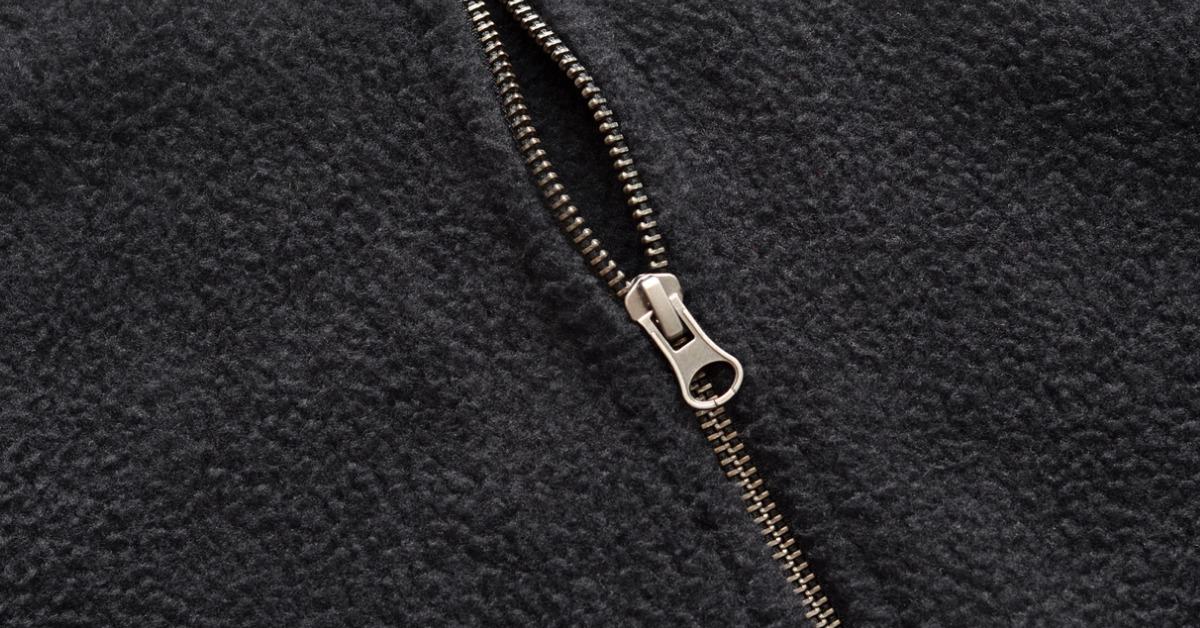What Is Fleece Actually Made Out of, Anyway?
Published Nov. 12 2020, 4:43 p.m. ET

Fans of witty '90s. Old Navy commercials will be familiar with the company's “Performance Fleece,” an amazing garment that only just emerged onto the world fashion scene about 20 years prior. The original Polarfleece, a synthetic version of actual sheep’s wool, was invented in Massachusetts in 1981. But what is this remarkable material actually made of?
Like polyester, fleece is one of a handful of so-called wonder fabrics that has been crafted using recycled plastic. At first glance, that actually sounds pretty great; what green-conscious person wouldn’t love a product that utilizes excess plastic in a non-pollutive way? Unfortunately, like most man-made fabrics, fleece’s comfort and convenience comes with a host of environmental consequences.

What is fleece made of?
Fleece is not exactly polyester, but a sort of separate and entirely different derivative of that process. Petroleum derivatives are heated until they form a thick syrup, which hardens and is spun to form threads. These fine polyester fibers are woven into a light fabric and then brushed out. What results is a thick, breathable fabric that still retains heat, known as fleece.
Different materials and other natural fibers are often woven into the fleece to create distinct texture or vibrancy. These can be wool, hemp, or rayon, another plant-based but semi-synthetic fiber. These days, many of the fleece and polyester products on the market are made from recycled plastics such as plastic water bottles. This gives fleece a sort of eco-friendly edge, at first glance, but that promise of environmental sensibility is as hollow as an empty pullover.

What are the environmental downsides of fleece?
First off, not all fleece is made out of recycled plastic. Both recycled and non-recycled fleece is made from non-renewable petroleum derivatives, the same non-renewable resource responsible for global warming. This means that creating more fleece is still contingent on the continued collection and use of fossil fuels. Like polyester, the production of fleece requires an incredible amount of energy, and the process utilizes harmful chemicals, including carcinogens, which can wind up in the air and water.
As if that wasn’t enough, the laundering of fleece generates environmental concerns of its own. Fleece sheds microfibers in the same way that polyester does, which end up in the wastewater and get discharged into surrounding rivers and oceans. These microplastics do not biodegrade and can be ingested by marine life, which causes all sorts of trouble along the entire marine food chain — as well as trouble for humans who eat fish and other sea animals.

What is fleece used to make?
Fleece has been used for everything from ear warmers to underwear, though it is mostly used for gloves, hats, and pullovers. It is also an ideal material for athletic garments, since it wicks perspiration and moisture away from the body but allows air to circulate through the fibers, thereby keeping athletes cool.
What are the characteristics of fleece?
For all its faults, fleece is actually an incredibly useful invention. Its careful construction means that it will keep you warm, particularly when you’re active. The characteristics of fleece make it incredibly useful for keeping warm, particularly while being active. It is durable and moisture-resistant, both qualities that make it ideal for extreme weather conditions. In addition to all that, it’s also lightweight and comfortable, putting it at direct odds with its natural predecessor, wool.

Why is fleece better or worse than wool?
Anyone who has ever worn a knitted sweater knows that for all its natural benefits, wool is not the comfiest of clothing. Wool can be heavy and itchy by nature, and despite wool's breathability, it also absorbs water. However, it actually still insulates, even when it is wet. Fleece is lighter, softer, and comfier, but it does not insulate when it gets wet.
What’s more, wool is technically a natural and biodegradable fiber; however, wool comes with greater ethical concerns than synthetic fleece. A great solution here is to buy fleece items secondhand, and to wash synthetic fleece garments in a microfiber wash bag or with a Cora Ball, if possible.